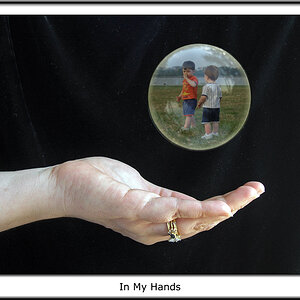MiKaLa119
TPF Noob!
I was reading this book "Photography"by John Freeman and he says: "...An alternative might be to purchase a single zoom lens that went from 28 to 200mm. However, this type of lens will probably be quite slow, with a maximum aperture of f3.5-f4.5 depending on the focal length you adjust it to, and the optical quality quite poor."
After readig this, I figured if I'm going to buy a lens it should have an aperture of at least 2.8. However, from the posts that I've been reading in here and other forums, people hardly shoot with this setting and generally use f/8. I'm still trying to distinguish the main difference, and "think" I understand the general idea of aperture settings.... but where am I going wrong here? What do you usually look for in a lens (besides the range)? And what is your aperture "generally" set to in the different scenarios?
After readig this, I figured if I'm going to buy a lens it should have an aperture of at least 2.8. However, from the posts that I've been reading in here and other forums, people hardly shoot with this setting and generally use f/8. I'm still trying to distinguish the main difference, and "think" I understand the general idea of aperture settings.... but where am I going wrong here? What do you usually look for in a lens (besides the range)? And what is your aperture "generally" set to in the different scenarios?


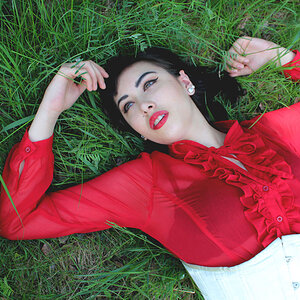

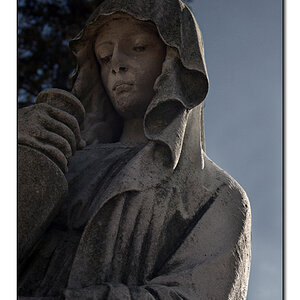

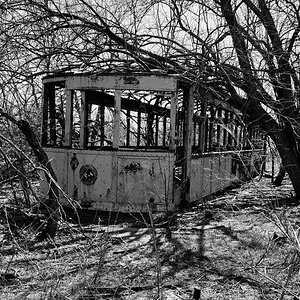
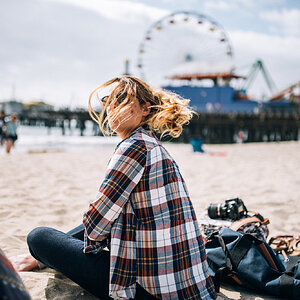
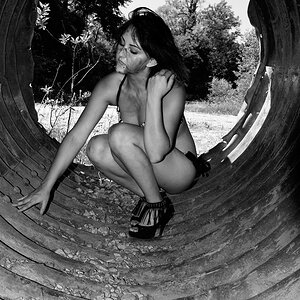
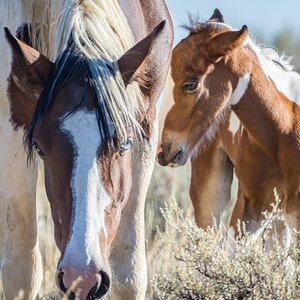
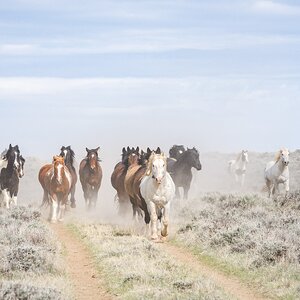
![[No title]](/data/xfmg/thumbnail/38/38744-40fa9998379b0f33925964a11a718029.jpg?1619738704)
